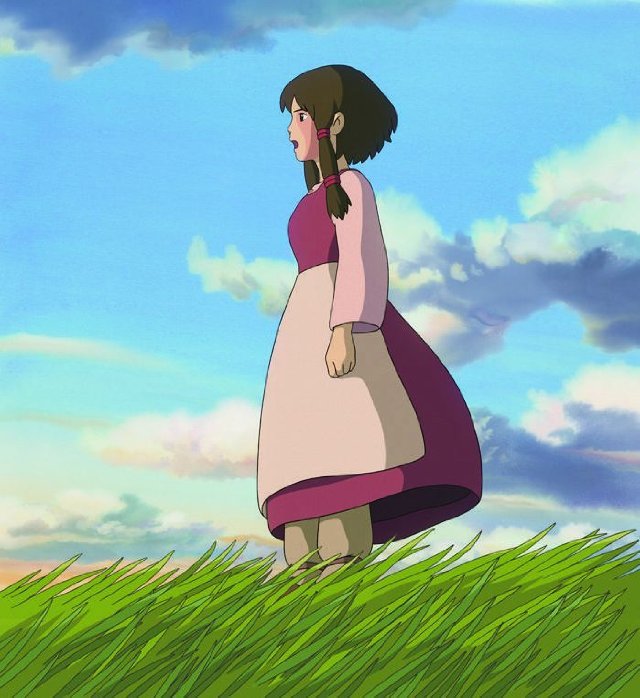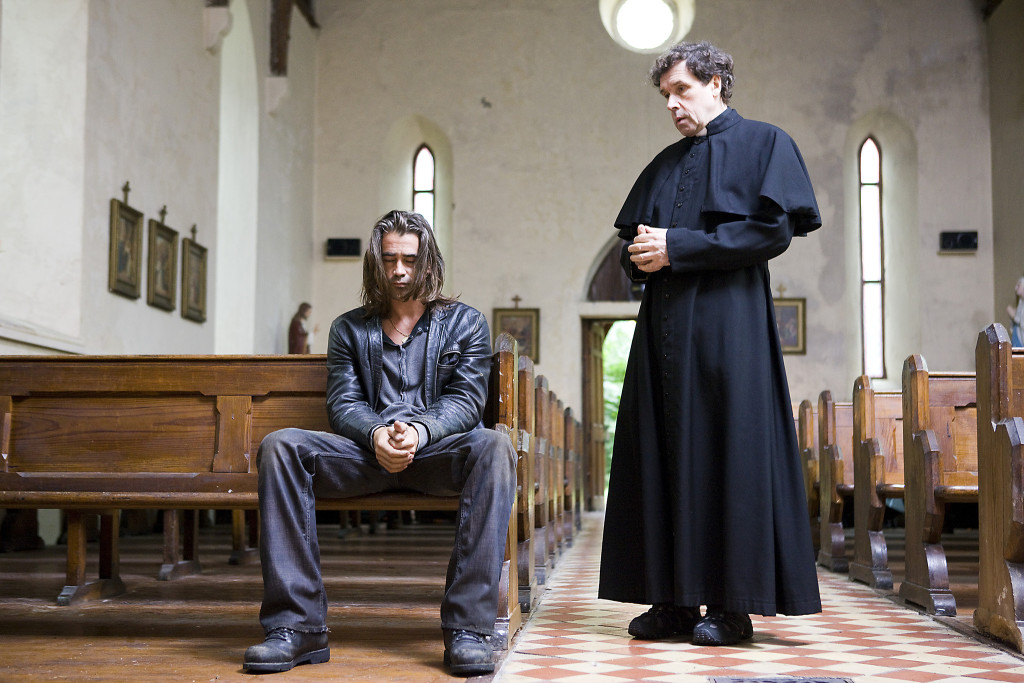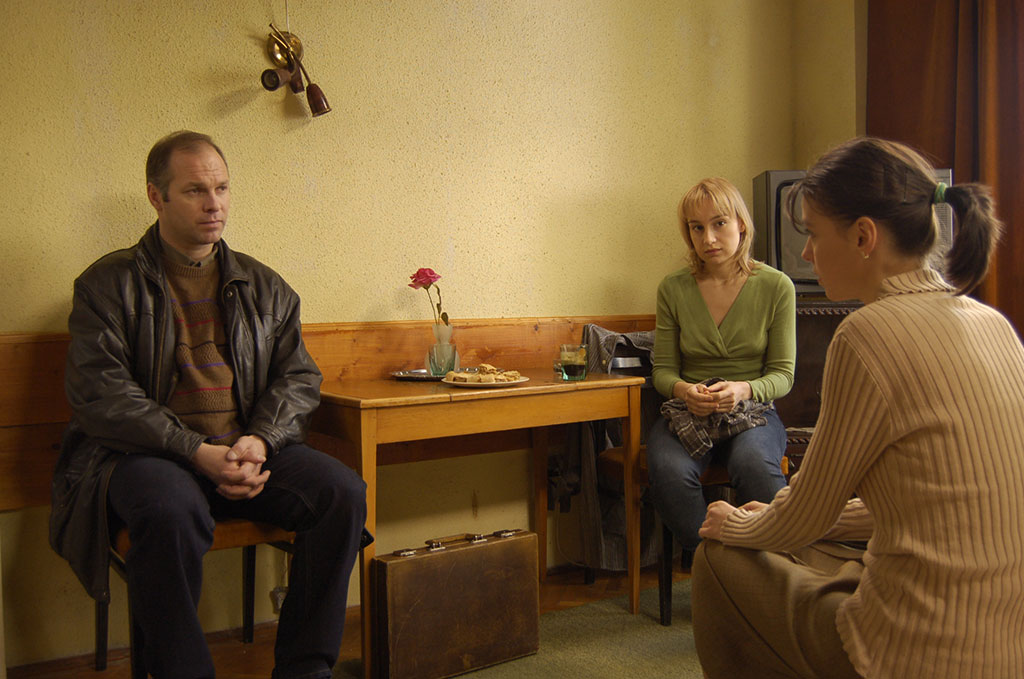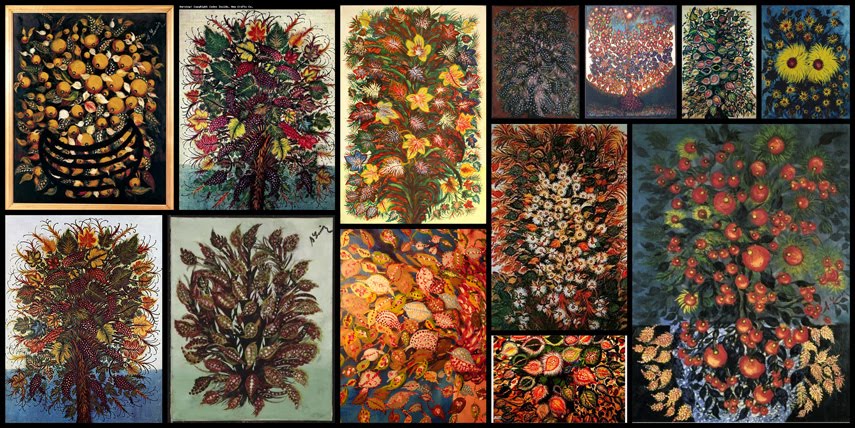
I’m a long time fan of Studio Ghibli and their hand-painted animation. Two of my all-time favorite films are Spirited Away and Kiki’s Delivery Service. This is my least favorite of the 10 (or so) movies of theirs I’ve seen to date. I have not read any of the Earthsea books, but that should not be a pre-requisite to enjoy any film.
For Goro Miyazaki (son of Hayao Miyazaki), this is the first film he’s written, storyboarded and directed. I can’t say there was anything new or compelling about the story or artwork. I’ve heard that Goro originally avoided anything to do with animation in his career, because he didn’t want to be compared to the accomplishments of his father. However, both the animation and characters were unmistakably identifiable as Hayao and Ghibli.
The character development was sparse and the story’s setup was missing. Basically, a plight is afflicting the lands. It’s feared that said plight is due to a weakening of the “balance” (of what, we’re not told). The prince kills the king, steals his sword, and runs off into the wastelands where he happens upon Archmage Sparrow Hawk (who the prince tags along with for the remainder of the film). There are old sorceresses with big round faces, flying dragons, and a very graphic limb dismemberment scene near the end of the movie. This might not be a good film for young children.
Now, lets meet the characters:
- “Sparrow Hawk” – Archmage of Earthsea. A powerful wizard who complains to sales ladies at the fabric store about the lousy thread count of materials he wants to use for making a new cloak.
- “Arren” – The boy prince who stabbed his father and stole the magical sword. Suffering from split-personality disorder and sudden fits of rage are the least of his problems. Arren has that confused look upon his face reserved for Ghibli boy characters who don’t understand the leading little girls in their stories.
- “Theru” – The [ungrateful, bitchy, tantrum-prone] little girl who Arren rescues from slavery. In return for his bravery and sacrifice, she detests him. She has that bitter attitude reserved exclusively for spoiled, little Ghibli heroines. Just call her dragon lady.
- “Tenar” – Sparrow Hawk’s “woman friend”. Forever obedient to the Archmage’s wishes, often distrustful of his work ethic, and continuously mumbling disapproval under her breath for Sparrow’s wanderlust as he borrow’s Arren’s horse and disappears over the next hill.
- “Lonkie” – Arren’s trusty steed. Everyone keeps calling this thing a horse, but it looks more like a donkey crossed with a llama.
- “Cob” – The evil wizard who wants to live forever. He [or she] dresses and wears make-up like Brandon Lee’s character did in The Crow. I think maybe it’s a she, since actress Yûko Tanaka is the voice for the Japanese version. But in the English release, it’s dubbed by Willem Dafoe? I’ve got to say, Mr. Dafoe looks pretty good in a pair of women’s flats.
The trailer below is for the English release. I don’t like it as much as the Japanese version.
Venue: Netflix streaming
Country: Japan
Language: English
Genre: Animation






